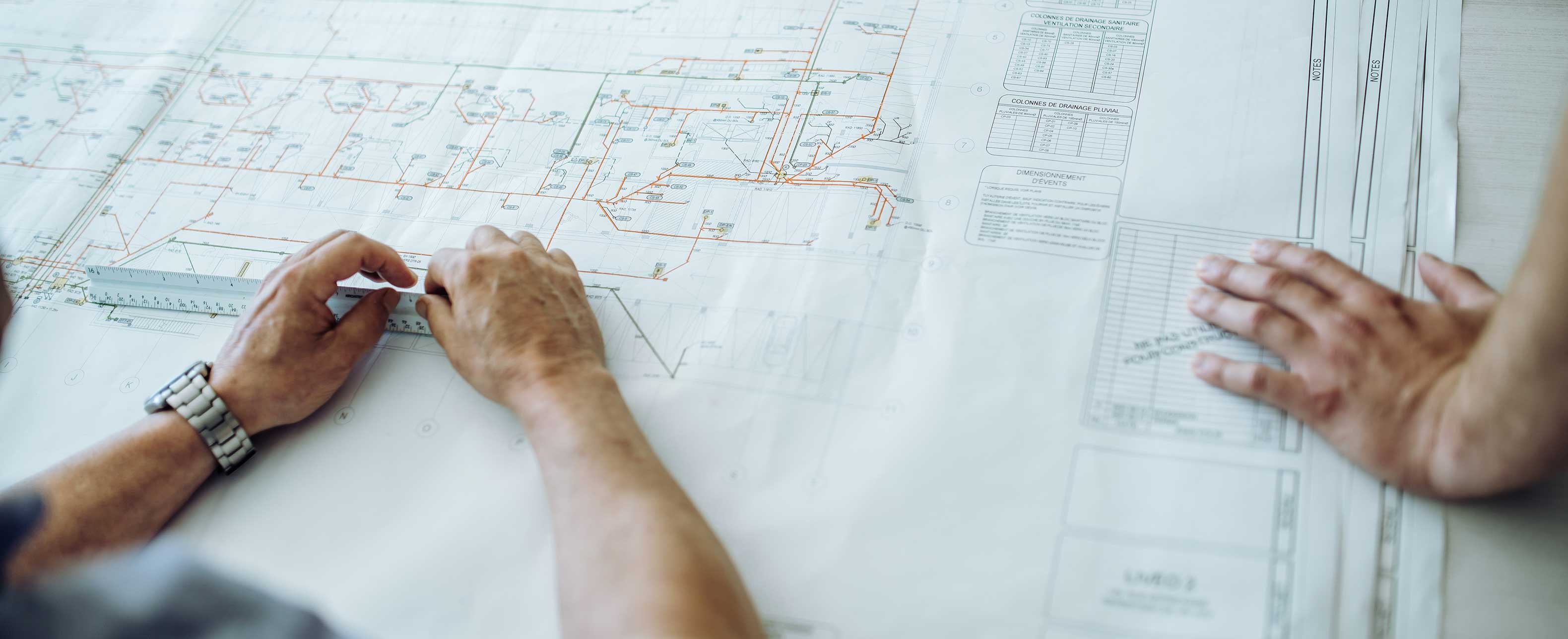
Regardless of its size or complexity, most construction projects have their share of challenges and unexpected events, even if only those inherent in combining the various stakeholders’ capacities and limits. In addition, every project faces the risks associated with this seemingly intractable binding value that appears at the bottom of the planning budget’s cost column during the pre-project phase.
Trying to limit escalating pre-project costs is seen sometimes as a “best practice.” However, it should be clarified that cutting costs at the expense of quality is merely a cost-cutting strategy. To be considered a “best practice,” cost reduction should not affect the quality of the product under development or being analyzed and, as a result, its value.
Value Engineering in building mechanics
A product’s value is defined as its function-to-cost ratio, where function is the specific task it was designed to do, and cost is its total outlay over its entire life cycle. The function:cost ratio implies that the value of a product can be increased by improving its functionality or by decreasing its cost, both being simultaneously possible and thus leading to an even greater increase in value. This is what Value Engineering does.
In the building mechanics arena, Value Engineering is a systematic and organized approach based on an analysis to optimize the work on order to reduce project costs, while respecting current codes and standards. Costs related to production, design, maintenance and replacement are included in the analysis.
Consequently, Value Engineering promotes the substitution of materials, products, practices and methods with less expensive options, without sacrificing functionality, quality, results or partner satisfaction.
The concept of Value Engineering at ORAM
At ORAM, starting a project during its pre-development phase is the key to applying Value Engineering. For ORAM’s Value Engineering and Technical Manager, Félix Giroux-Renaud, this translates into complete and personalized customer support that makes it possible to identify inconsistencies and highlight the points of mechanical coordination that should be considered before construction begins. The process applies to coordination, layout, material selection, design and construction.
Solicited and involved in preliminary projects, ORAM’s team can identify inconsistencies or problems to anticipate any unforeseen events that may arise. The team researches and proposes innovative and appropriate solutions, plans all the work, coordinates the completion of each phase, which, thanks to their expertise, they can accomplish with the support of ORAM’s infrastructure strength, efficient management process, and team skills.
So, Value Engineering becomes a way for ORAM to establish a standard in executing various projects and, by doing so, optimizing after-sales service. This optimization will be not only reflected in the cost of the project over the long term, but also throughout its life cycle (operation, maintenance and, ultimately, replacement).
The ultimate goal is to create value
Anticipating unforeseen events is one thing, but minimizing the risk of such unforeseen events is as much a matter of applying the principles of Value Engineering as of setting up a 360° approach, whose scope extends well beyond the primary objective, which is to increase value.
Value Engineering highlights the extent of ORAM’s Expertise, which covers the entire life cycle of the project. It also reflects its depth, which takes shape in the ORAM Experience, an approach that translates into the added value of the company’s ability to galvanize the synergy of its expertise and resources, and transform that into optimal results at every stage of the project, which ultimately creates value.
Want to know more? Contact us to learn how our team can create value for your projects and build excellence with you!